Year 4
The proficiency strands understanding, fluency, problem-solving and reasoning are an integral part of mathematics content across the three content strands: number and algebra, measurement and geometry, and statistics and probability. The proficiencies reinforce the significance of working mathematically within the content and describe how the content is explored or developed. They provide the language to build in the developmental aspects of the learning of mathematics. The achievement standards reflect the content and encompass the proficiencies.
At this year level:
- understanding includes making connections between representations of numbers, partitioning and combining numbers flexibly, extending place value to decimals, using appropriate language to communicate times and describing properties of symmetrical shapes
- fluency includes recalling multiplication tables, communicating sequences of simple fractions, using instruments to measure accurately, creating patterns with shapes and their transformations and collecting and recording data
- problem-solving includes formulating, modelling and recording authentic situations involving operations, comparing large numbers with each other, comparing time durations and using properties of numbers to continue patterns
- reasoning includes using generalising from number properties and results of calculations, deriving strategies for unfamiliar multiplication and division tasks, comparing angles, communicating information using graphical displays and evaluating the appropriateness of different displays.
(source: www.australiancurriculum.edu.au)
Achievement Standard
By the end of Year 4, students choose appropriate strategies for calculations involving multiplication and division. They recognise common equivalent fractions in familiar contexts and make connections between fraction and decimal notations up to two decimal places. Students solve simple purchasing problems. They identify and explain strategies for finding unknown quantities in number sentences. They describe number patterns resulting from multiplication. Students compare areas of regular and irregular shapes using informal units. They solve problems involving time duration. They interpret information contained in maps. Students identify dependent and independent events. They describe different methods for data collection and representation, and evaluate their effectiveness.
Students use the properties of odd and even numbers. They recall multiplication facts to 10 x 10 and related division facts. Students locate familiar fractions on a number line. They continue number sequences involving multiples of single digit numbers. Students use scaled instruments to measure temperatures, lengths, shapes and objects. They convert between units of time. Students create symmetrical shapes and patterns. They classify angles in relation to a right angle. Students list the probabilities of everyday events. They construct data displays from given or collected data.
(source: www.australiancurriculum.edu.au)
- Plus Plan
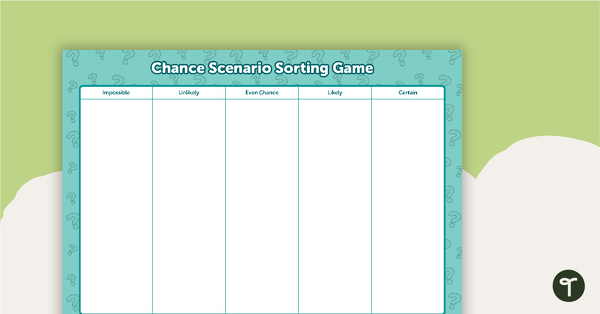
Chance Scenario Sorting Game
A hands-on sorting activity to use when describing possible events and their chances of occurring.
- Plus Plan
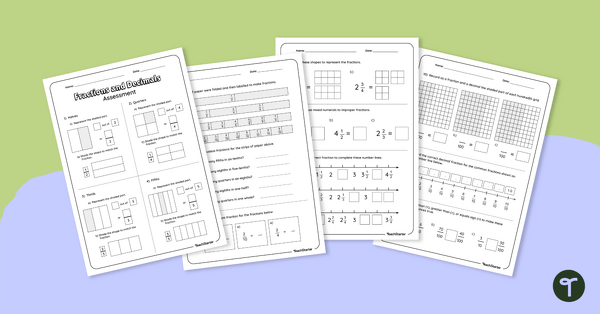
Fractions and Decimals Assessment
Assess students' knowledge of various decimals and percentages concepts with this four-page worksheet.
- Plus Plan
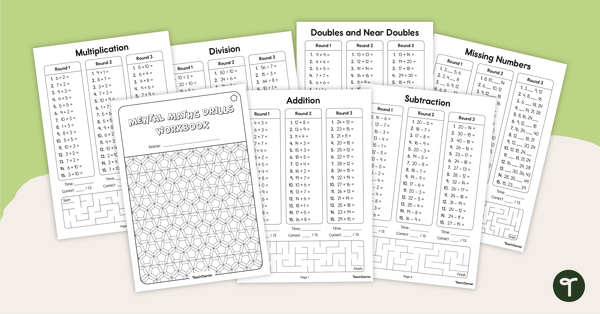
Year 4 Mental Maths Drills Booklet
Jump into your maths lessons with this ten-page maths mentals booklet covering the four operations and number patterns.
- Plus Plan

Leisure Land - Map Skills Worksheet
A map and worksheet for students to practice cardinal directions.
- Plus Plan
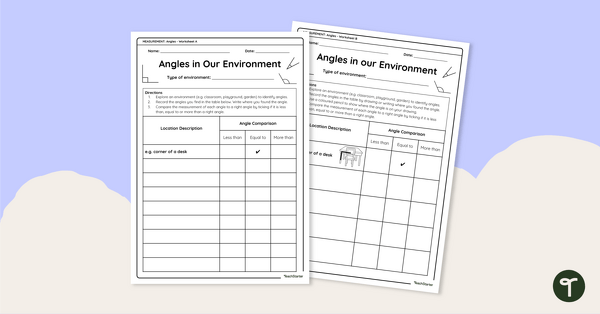
Angles in the Environment Worksheet
Help your students identify acute, right and obtuse angles in the environment with this differentiated worksheet.
- Plus Plan
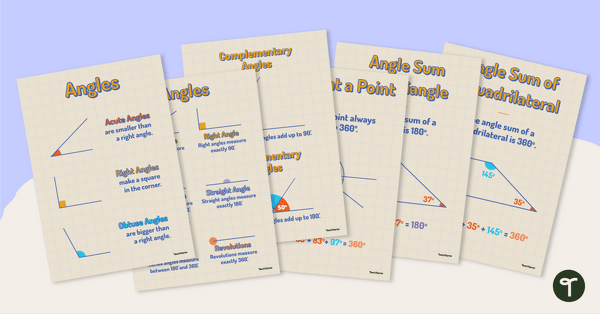
Types of Angles Poster Pack
Remind your students about the most common types of angles with this set of six classroom posters.
- Plus Plan
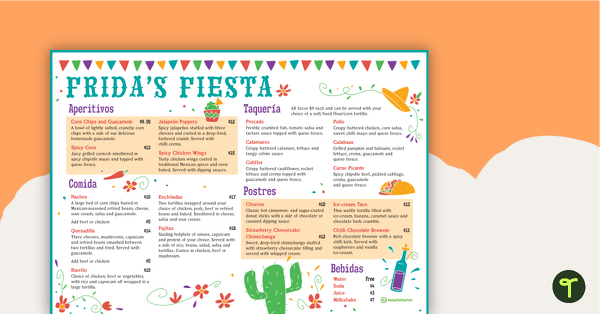
Frida's Fiesta Stimulus – Task Cards
39 activity task cards based on the Frida's Fiesta Restaurant menu stimulus poster.
- Plus Plan
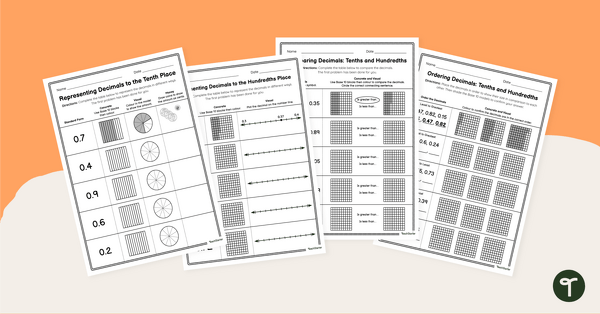
Tenths and Hundredths as Decimals Worksheet Pack
Get your students representing tenths and hundredths as decimals using concrete models, visual models and money with this set of Year 4 maths worksheets.
- Plus Plan

Data Maths Investigation - Which Reward?
A mathematics investigation involving data collection and representation, embedded in a real-world context.
- Plus Plan
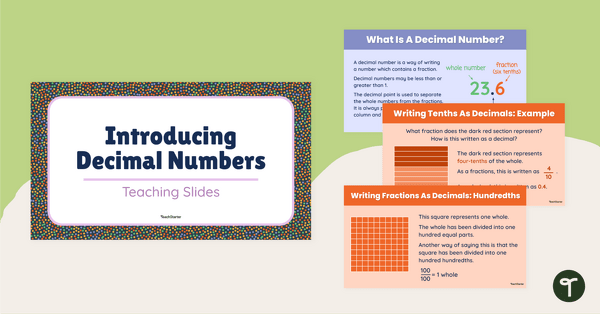
Introducing Decimal Numbers Teaching Slides
Help students understanding decimal place value and the relationship between fractions and decimals with this comprehensive teaching presentation.
- Free Plan
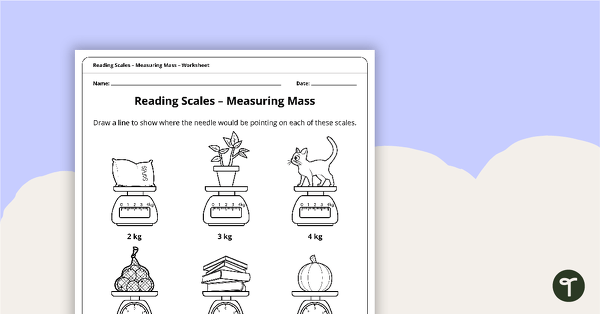
Reading Scales – Measuring Mass Worksheet
A worksheet for students to use when learning to read scaled instruments to measure mass.
- Plus Plan
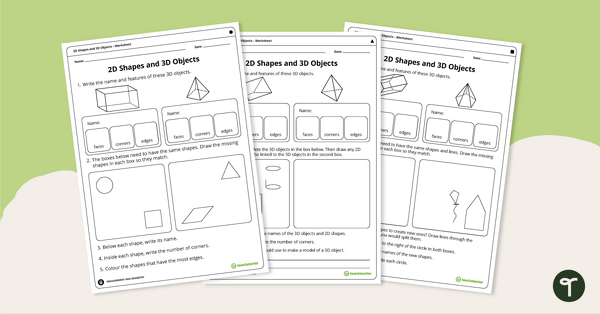
2D Shapes and 3D Objects – Worksheets
Focus on drawing 2D shapes and describing 3D objects with this set of differentiated worksheets.
- Free Plan
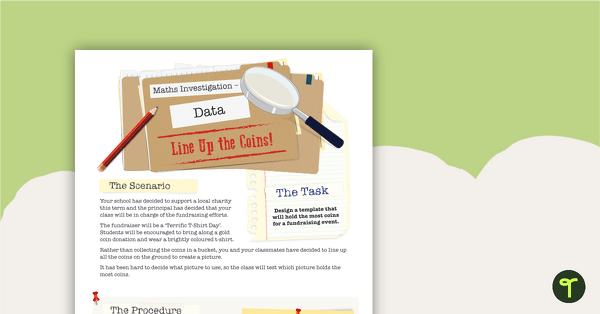
Data Maths Investigation – Line Up the Coins
A mathematics investigation about data, embedded in a real-world context.
- Plus Plan
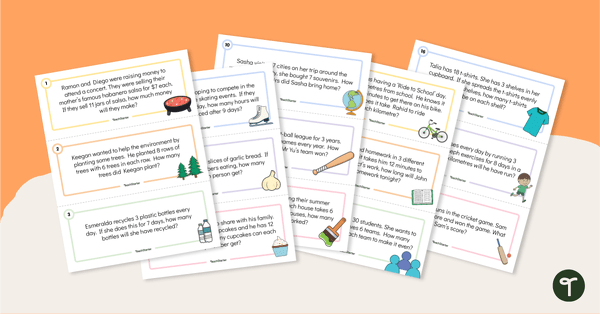
Multiplication and Division Word Problems Task Cards (Facts of 1-12)
Use a range of strategies to solve multiplication and division problems for times tables facts 1-12.
- Plus Plan
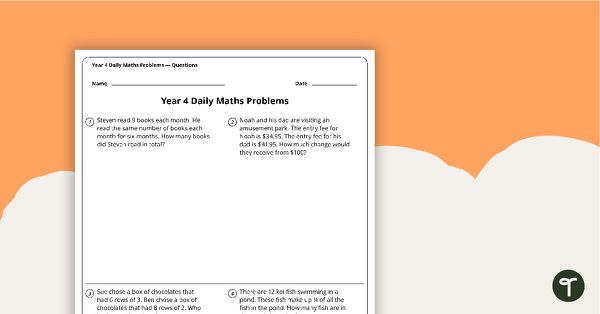
Daily Maths Word Problems - Year 4 (Worksheets)
A set of 20 problem-solving questions suited to year 4 students.
- Free Plan
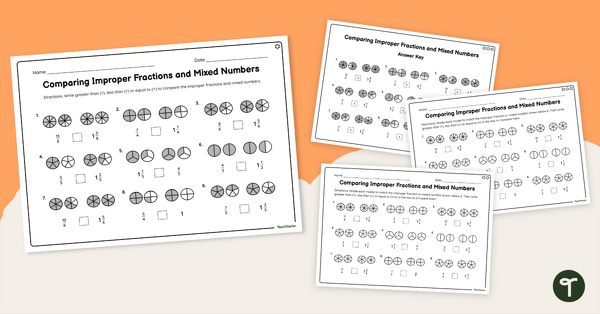
Comparing Improper Fractions to Mixed Numbers Worksheet Set
Use our comparing improper fractions to mixed numbers worksheet set to give your students practise representing and comparing fractions.
- Plus Plan
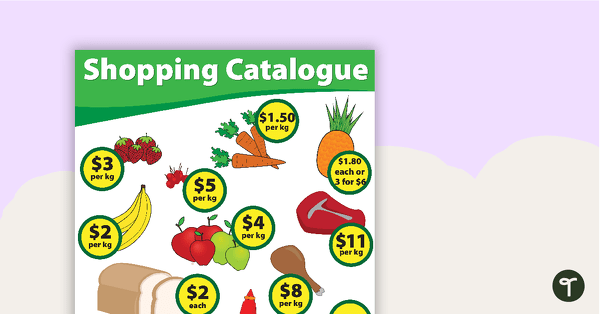
Shopping Catalogue with Worksheet
A shopping catalogue and worksheet to use when working on financial mathematics.
- Plus Plan
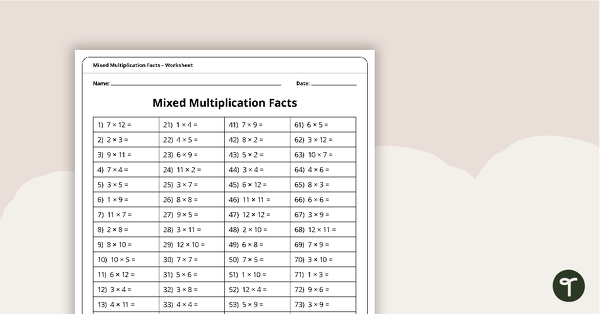
Multiplication and Division Speed Drill Worksheets – Mixed Facts
A set of worksheets to help students develop fast and accurate recall of the multiplication tables.
- Plus Plan
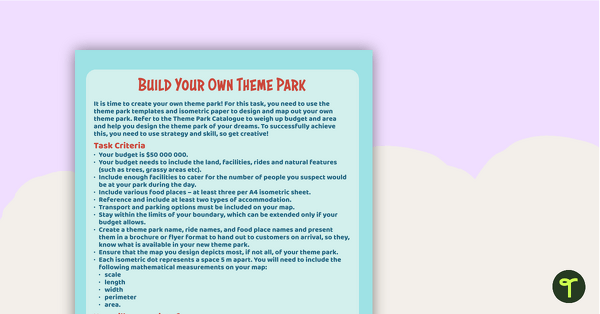
Build Your Own Theme Park – Project
A project that gives students the opportunity to learn through building their own theme park.
- Plus Plan
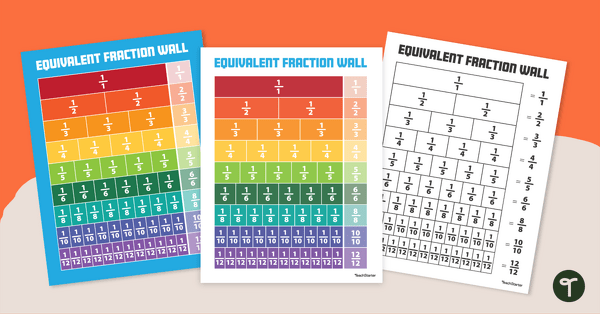
Equivalent Fraction Wall Poster
Guide students to develop an understanding of fractions with the same value by using an equivalent fractions chart in your classroom.
- Plus Plan
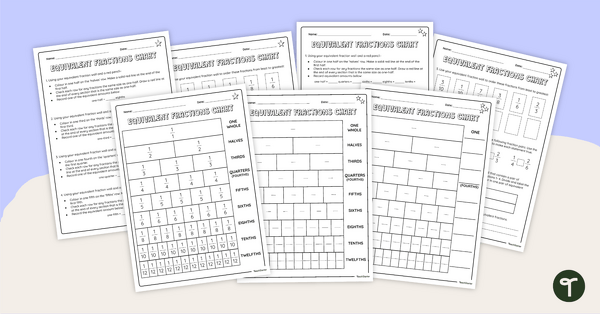
Equivalent Fractions Chart – Differentiated Worksheets
Use a fraction wall to practise finding equivalent fractions and comparing fractions with this set of differentiated worksheets.
- Plus Plan
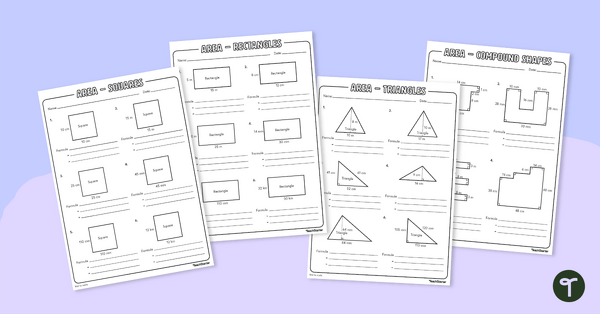
Area Worksheets
4 area worksheets.
- Plus Plan
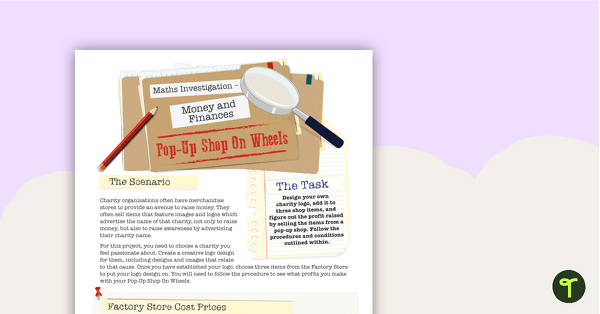
Money and Finances Maths Investigation – Pop–Up Shop on Wheels
A project where students use their mathematic skills to plan a fundraiser for a charity of choice.
- Plus Plan
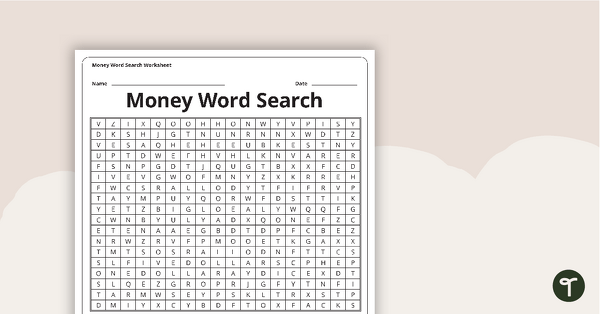
Australian Money Word Search with Solution
A word search to help your students to learn what the Australian currency looks like and their corresponding names.
- Plus Plan
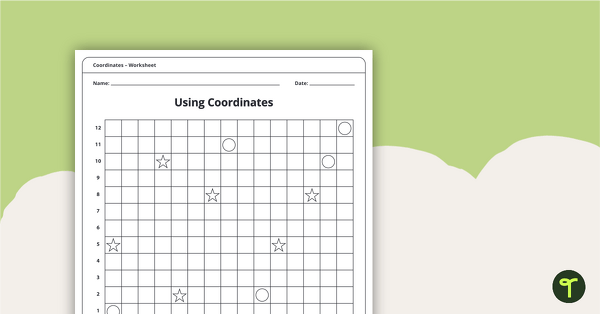
Coordinates Worksheet Pack
An 11-page worksheet pack teaching children about coordinates.
- Plus Plan
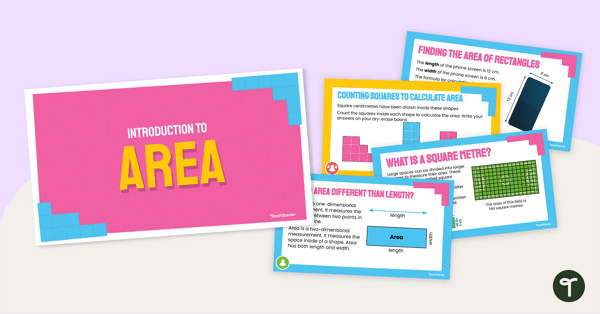
Introduction to Area Teaching Slides
Introduce the concept of measuring the area of regular shapes with this 22-slide instructional slide deck.
- Plus Plan
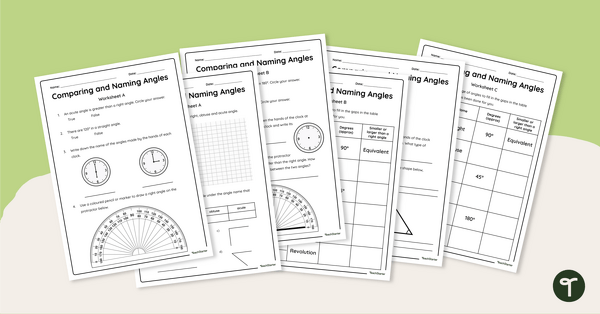
Comparing and Naming Angles – Differentiated Worksheets
Assess your students’ understanding of angle types with the set of differentiated student worksheets.
- Free Plan
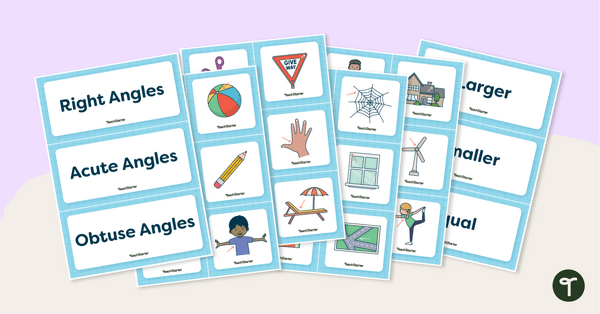
Classifying Angles – Sorting Activity
Help students recognise different types of angles in everyday life with this hands-on sorting activity.
- Plus Plan
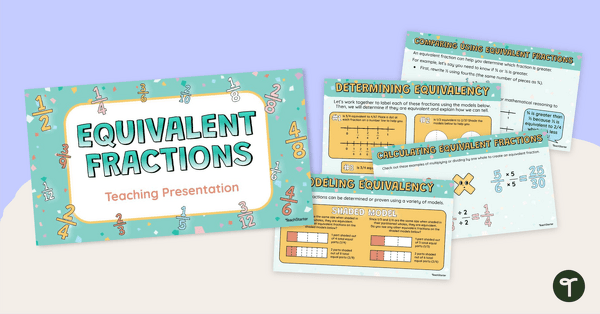
Equivalent Fractions – Teaching Presentation
Teach your students how to find equivalent fractions by using a number line, shaded models or a fraction chart with this teaching presentation.
- Plus Plan
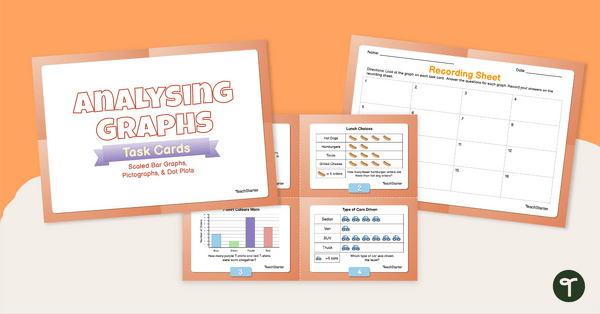
Analysing Graphs — Scaled Bar Graphs, Pictographs, & Dot Plots —Task Cards
Use data analysis skills to analyse scaled bar graphs, pictographs, and dot plots with this set of task cards.
- Plus Plan
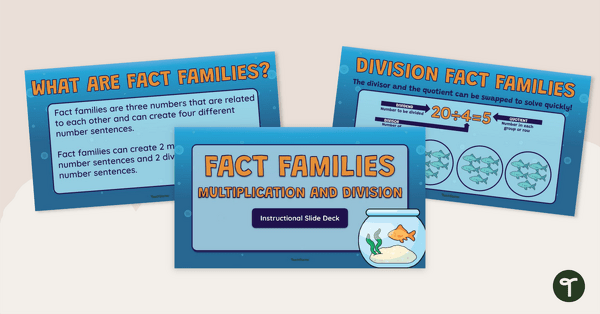
Multiplication and Division Fact Families Teaching Slides
Introduce multiplication and division fact families to your students with this teaching slide deck.
- Plus Plan

Volume with Unit Cubes – Worksheet
Use this worksheet to reinforce how to find the volume of a rectangular prism by counting the number of unit cubes.